As the bus left for Quito, we quietly waved goodbye to our host families through the bus windows, people we had known for just twelve days and yet felt so connected to that when the day came to say goodbye, we half-smiled, half-cried and tried not to think about what we were about to be missing. That day, as we prepared to return to Albuquerque, I felt more homesick than ever, knowing that it would probably be a long time before I returned to the family, the culture, and the community that I had become a part of during the past two weeks.
Only a few days earlier, we had taken a plane from Albuquerque to Houston to Quito, then a bus from Quito to Ambato. There, at two in the morning, we filed into rows in the auditorium. Our names were called, and strangers embraced us, welcomed us into their cars, their homes, their lives. Lucía ’27 recalls, “I was very surprised by how kind people in Ecuador are. For example, as soon as I got there, I was greeted with hugs and kisses on the cheek.”
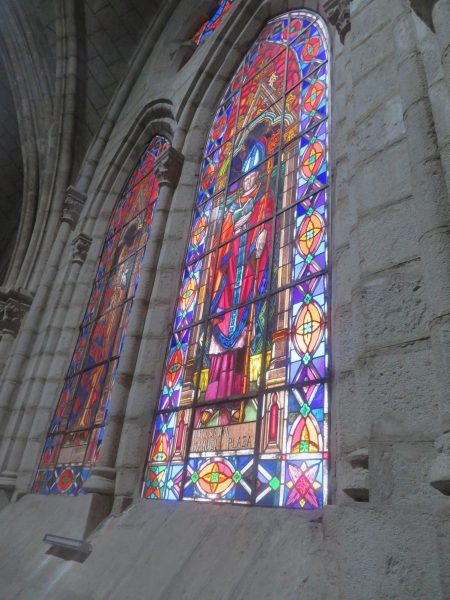
The first day, I felt uncomfortable and out-of-place, unable to fall asleep, excited, terrified and in awe of this kindness that I had received. According to Madame Baca, “The warmth of Ecuadorian hospitality was something I wasn’t prepared for, but in the best way. From day one, our host family welcomed me and Ms Cruz like we were long-lost cousins rather than just visitors. Hugs, laughter, and endless food were a regular occurrence. It was a reminder that family isn’t just about blood: it is about making people feel at home, no matter where they are from.”
Every day from that point was filled with probably too much food, fun, and travel. Many of us would get home at midnight from daily excursions, exhausted in the best way. Our host families wanted us to experience as much as we could of their amazing home in a short time. As a result, we got to see amazing locations from the middle of the world to deep inside of it in underwater caves in the rainforest.
A place that many students visited was Quito. There is a monument for the equator with a museum showing different parts of Ecuador called “Mitad del Mundo.” In the historical center of the city, you can see old stone buildings. Churches, relics of colonial rule, dot practically every city block. There, I tried a traditional dessert called espumilla, soft ice-cream-textured egg white foam that includes fruit juice, and I learned about the cucuruchos, purple-robed figures that clutter the streets during Saint’s week in remembrance of Jesus Christ. Also traditional and widespread during this religious time is a soup called fanesca made of many vegetables.
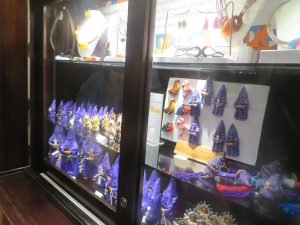
Many also visited Baños, a small touristy town near Ambato. Shelby ‘27 recounts her experience: “My host family took me to see the waterfall in Banos, at Pailon del Diablo. It was an absolutely incredible experience. I hiked down into the forest and eventually climbed up many stairs. The trees split open and there was a valley with a beautiful waterfall running through it. We got so close to it that I could practically touch it, and my hair was completely wet. It was really special to see the abundance of water and the beautiful, lush landscape, which is very different from our hometown.”
Around Ambato were many small communities that made different products. For example, Pelileo makes jeans while Cevallos makes leather products. “One very interesting moment on this trip was getting to tour a shoe sole factory. I got to see the machines extruding plastic into molds and machines grinding down unused plastics for reincorporation. They also had hundreds of kinds of soles and plastics and numerous materials constantly flowing in and out. It was really interesting, especially since we have the same sorts of thing here in the US, but hardly anyone gets a tour,” says Harrison ‘26.
Many exchange students also got the chance to visit a quinceañera. Shelby ‘27 writes, “They really love to party. While I was there, I went to two birthday parties, and two Quinceaneras. One was formal and the other was not. The culture of the Ecuadorian Quinceaneras are very different from our Quinceaneras. There was a lot of energy and they had live music playing. It was really fun!”
During one of the only times the exchange students were all together, we went to Yambo Lake. We were told spooky legends about how it was haunted, had an amazing lunch, and took a boat ride.
Many of us also went to the rainforest. There, we explored indigenous Amazonian culture (for example, we were shown how birds are trapped and natural medicine) and saw many animals such as monkeys. Some people also held boa constrictors, which in the culture are believed to cure ailments like cancer. Lucía ‘27 says, “It was the most beautiful trip ever, everything was so green and gorgeous. It looked very different than Albuquerque. We also took a boat in the river to an island, and learned about a tribe’s culture which was unbelievable to see how they live. They are friends with the animals and we got to see and hold them which was so cool.” Personally, I enjoyed seeing different food customs there, such as the use of delicious fruits I had never heard of, and–to the surprise of many of us foreigners–grubs and guinea pigs (and no, I did not try these two supposed delicacies). I also enjoyed hiking through underground caves in which a river ran through.
One location that stood out to me was Quilotoa. Between Ambato and Quito, this lake made of a volcano crater lies at the bottom of steep green mountains. My host family and I hiked down to it, and then we hiked back up while eating broad beans and corn or habas and choclo in the company of a fluffy dog, which my family affectionately named Bobby.

In fact, one thing that was quite different from the U.S. in my opinion was the presence of large groups of stray animals everywhere. They slept in the streets and fields and congregated around restaurants. According to my host family, dogs are rarely spayed and neutered there.
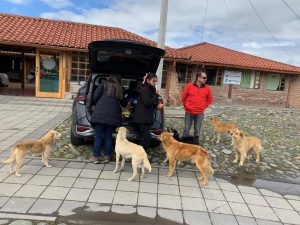
In many ways, Ecuadorian life felt less bureaucratic than the U.S. “I think it was very interesting how informal a lot of things there were. Street vendors and restaurants weren’t as transactional as in the US,” notes Harrison ‘26. Likewise, Sabine ‘27 states, “The most surprising thing was how the cities looked and the roads. There were always people selling things on the side of the street, and the way people drove was very surprising.”
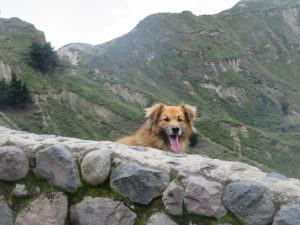
Many people also noticed this feeling of less organization–in not necessarily a bad way–at school. The moment we walked into our first classes, we were bombarded by tens of students, curious about where we had come from and why we were there. Conversations would go on during class, and while the students were disciplined, often classes felt like more of a discussion–students called out to the teacher rather than raising their hand–than a one-sided lecture. According to Shelby ‘27, “There was no need to rush over in a hurry and be stressed out. Some of the students there would be late to class, but the teachers would not get upset. It was nice to be embraced by a culture that was very peaceful.” It was also interesting to see the differences between Academy and Unidad Educativa Atenas schedules. The school day started around an hour earlier, and students in Ambato would take way more classes (e.g., Biology, Physics, and Chemistry all in the same year). Also, exchange students were puzzled by the presence of two twenty-minute breaks rather than a longer lunch break as students would have an after-school almuerzo at home at around 2:30 pm.

In terms of Spanish, I would say that this trip greatly improved my comprehension skills, especially auditory. The chance to both listen to fast-paced casual conversations in addition to hearing lectures at school helped me develop new vocabulary.
It was also cool to see what Ecuadorian students thought of the United States. American music was very popular; teachers taught words in English that I was unaware of (“non-state actor” to refer to corporations or entities that affect a nation, or “niblings” and “piblings” for different family members); there was also some confusion about New Mexico’s history as part of Mexico but current status as part of the U.S.
I am so happy to have been able to have gone on this extraordinary trip. I strongly recommend visiting if you get the chance because it gave me a new home, a new mind-bogglingly generous family, and a new world perspective. By the end of my trip, I really felt fully immersed, not only in the language and culture but in the community. One moment that stood out to me was when my host mom called for a “Carga montón” or pigpile, which showed me that they saw me as a part of their family and not an outsider. As part of the program, Ecuadorian students will visit Academy in the Fall. Let’s make sure to make them feel as included as they did for us.
Madame Baca sums it up best: “When I think of Ecuador, four words come to mind: people, colors, music, and food…Ecuador isn’t just a place—it is an experience!”
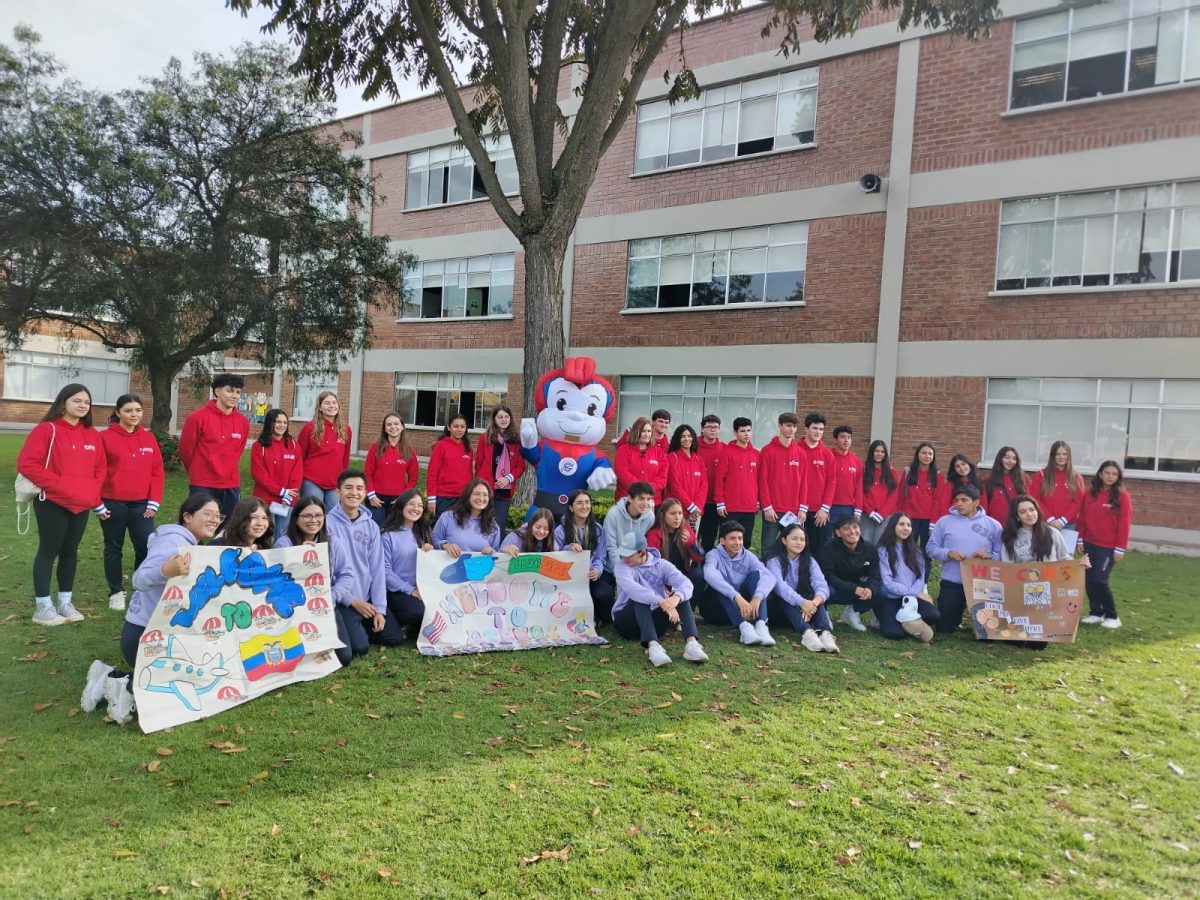



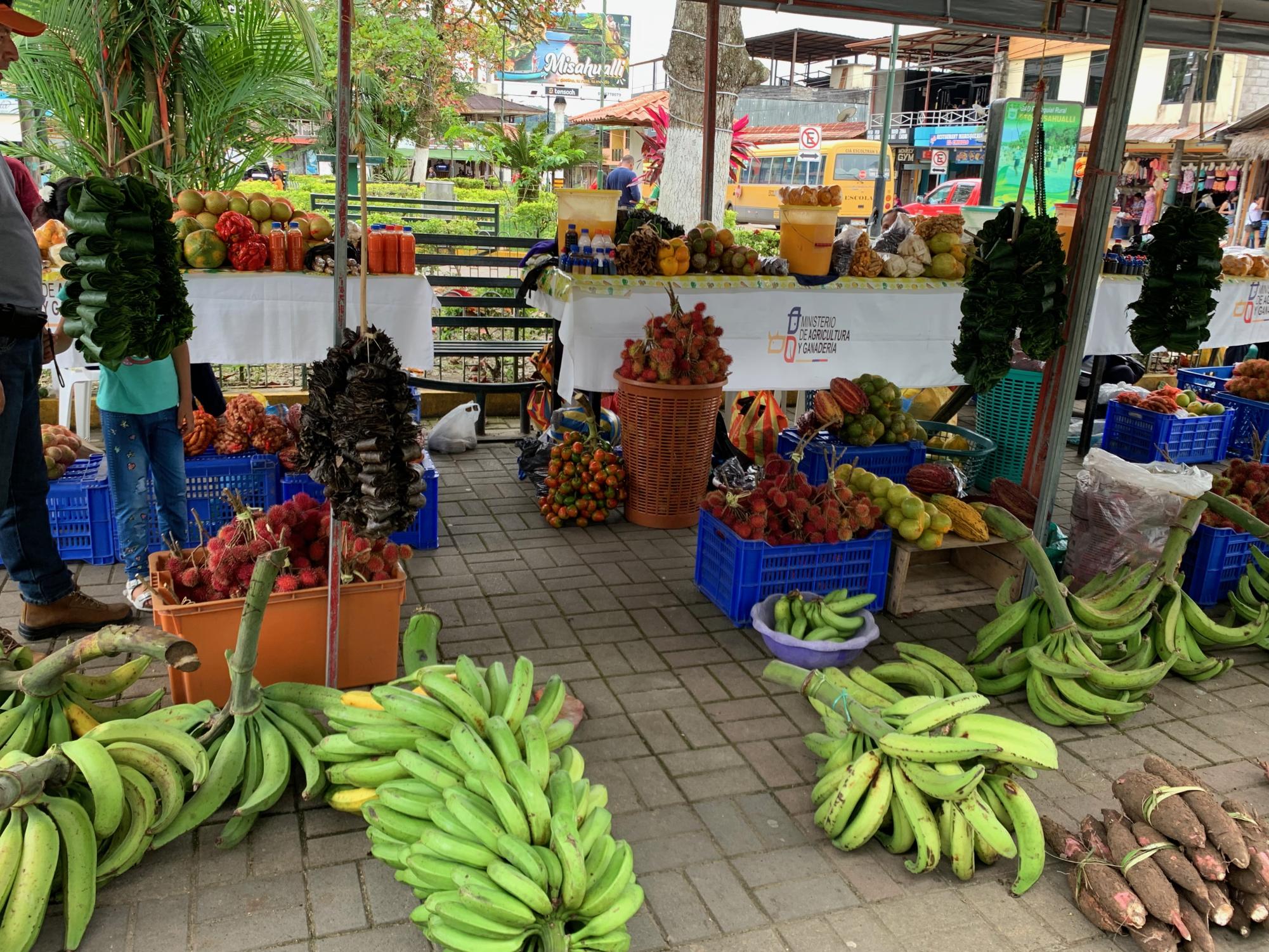
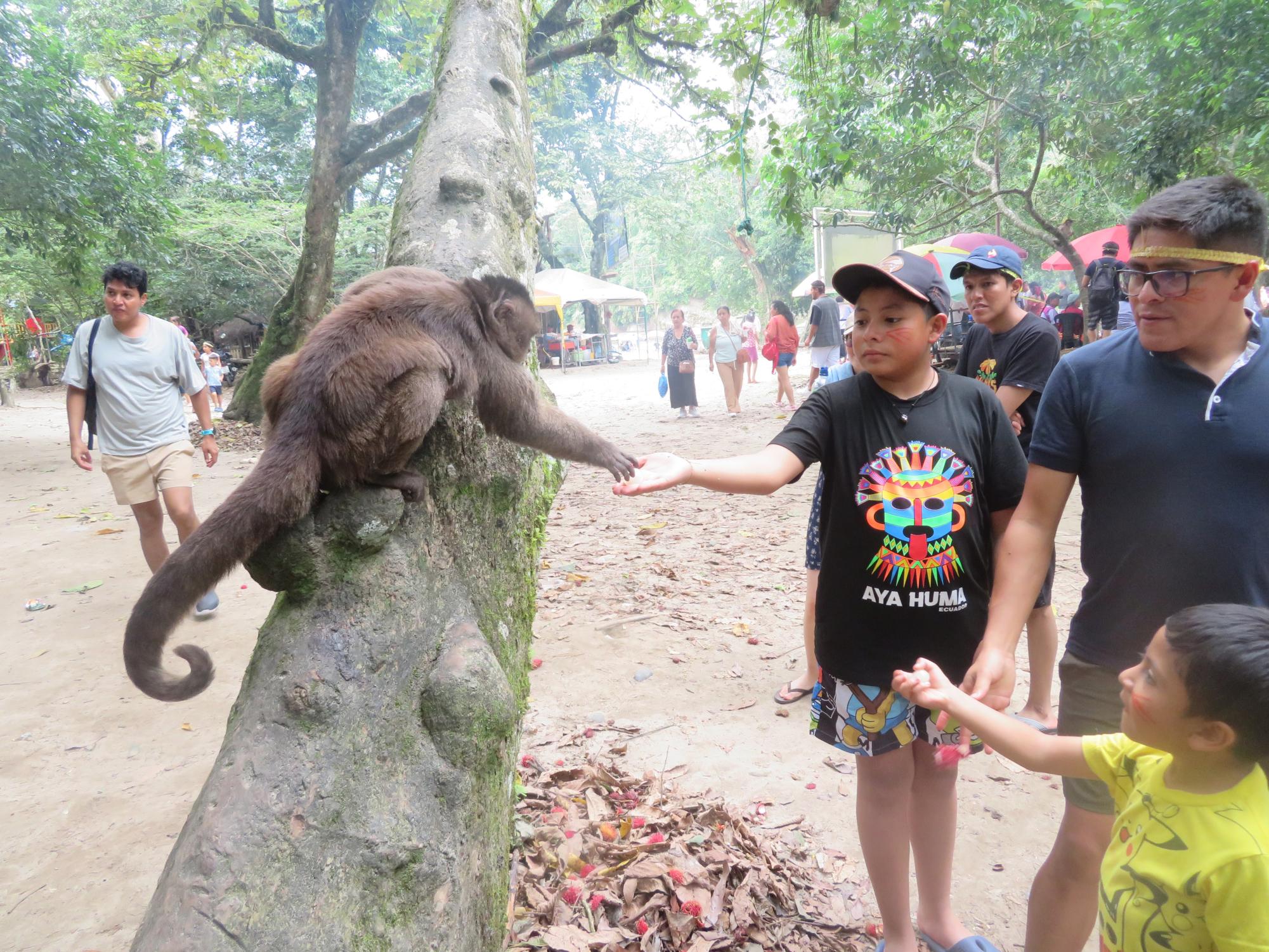

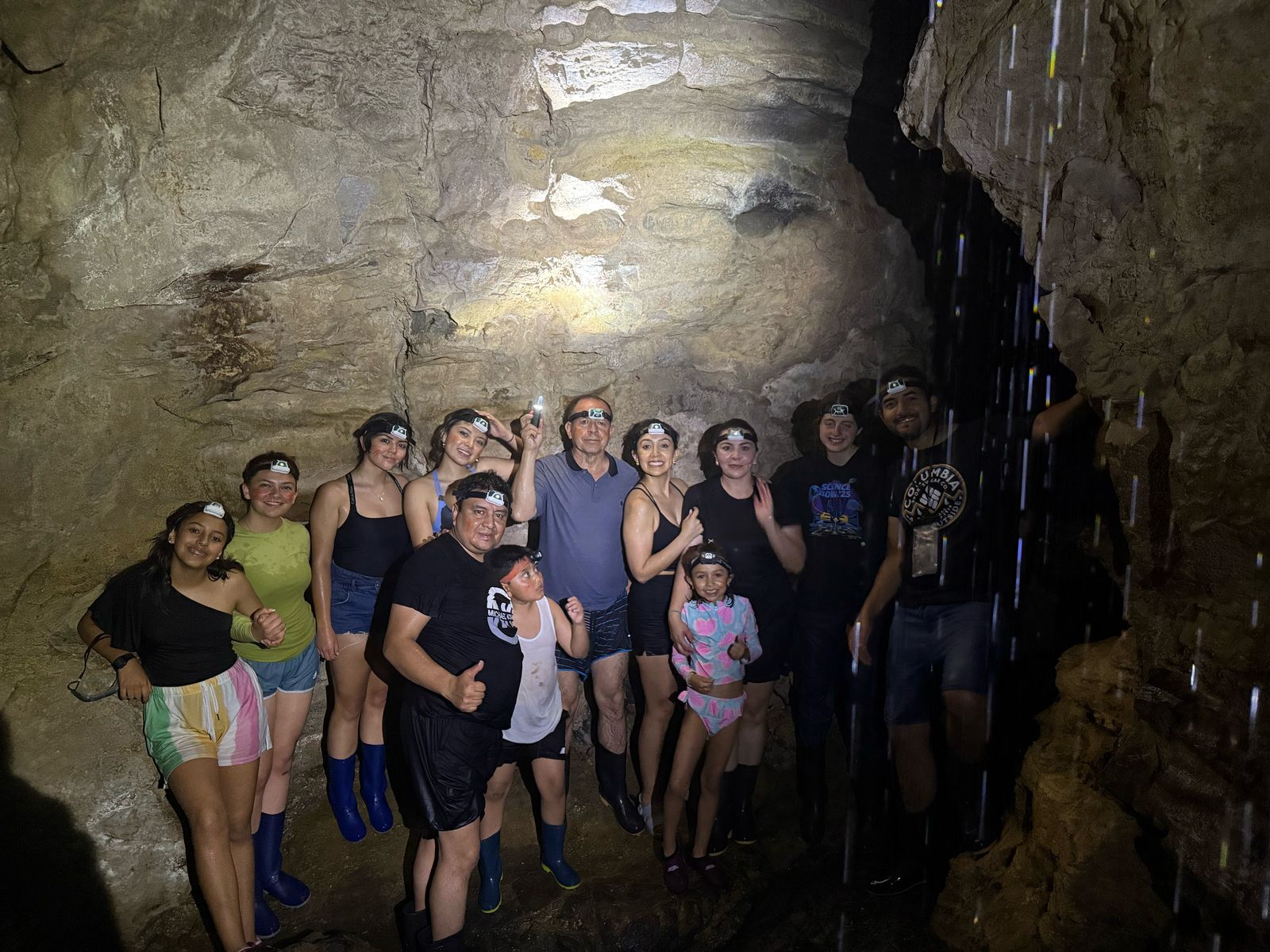
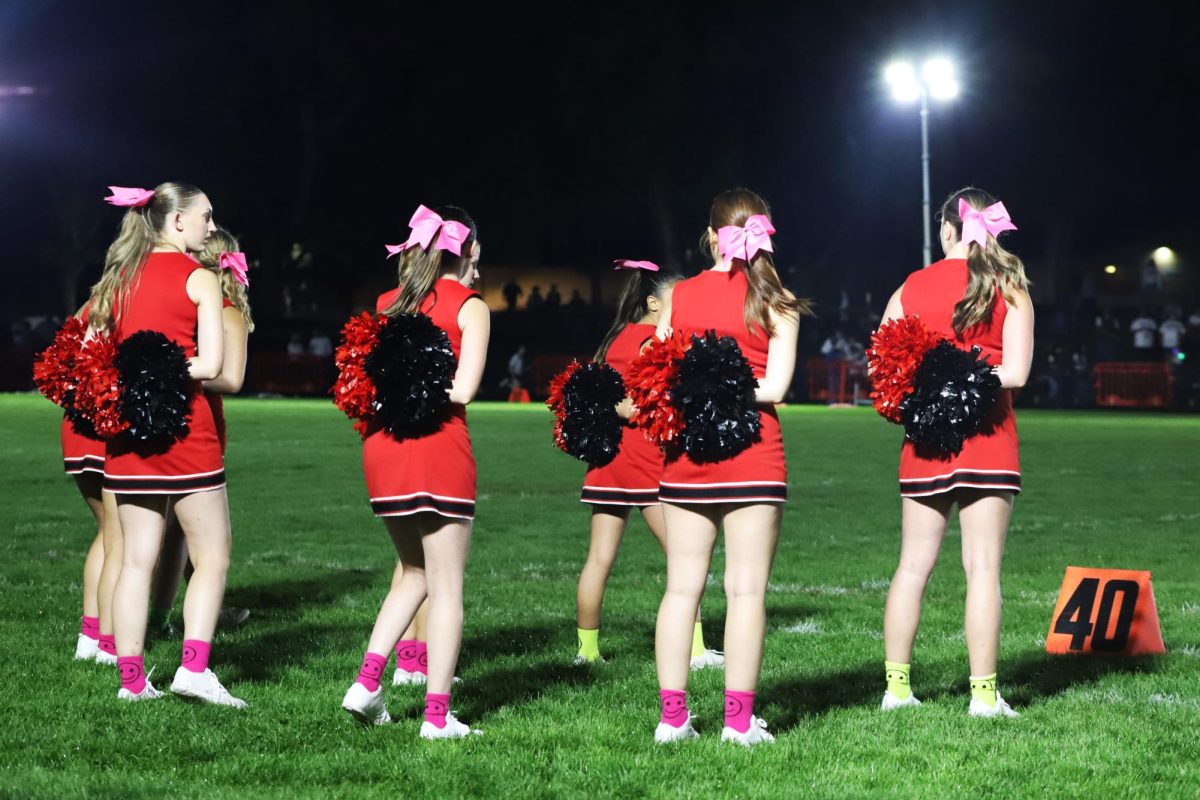
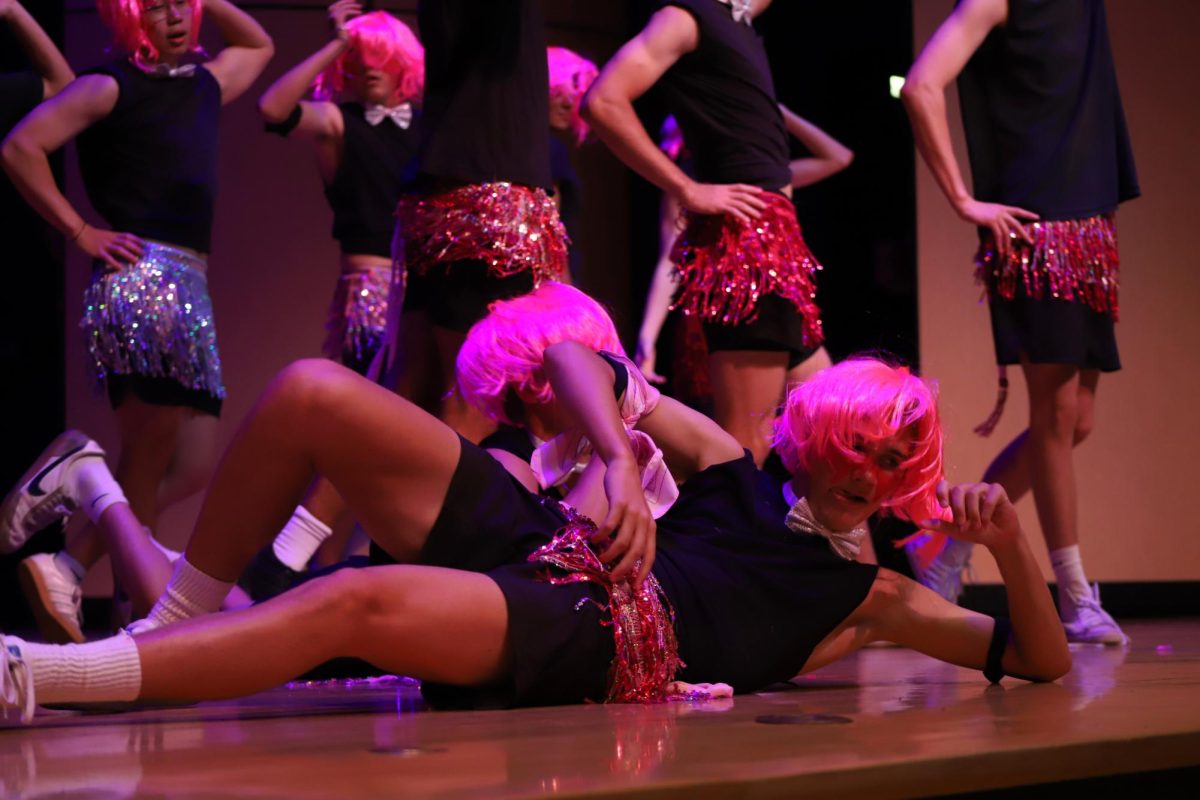

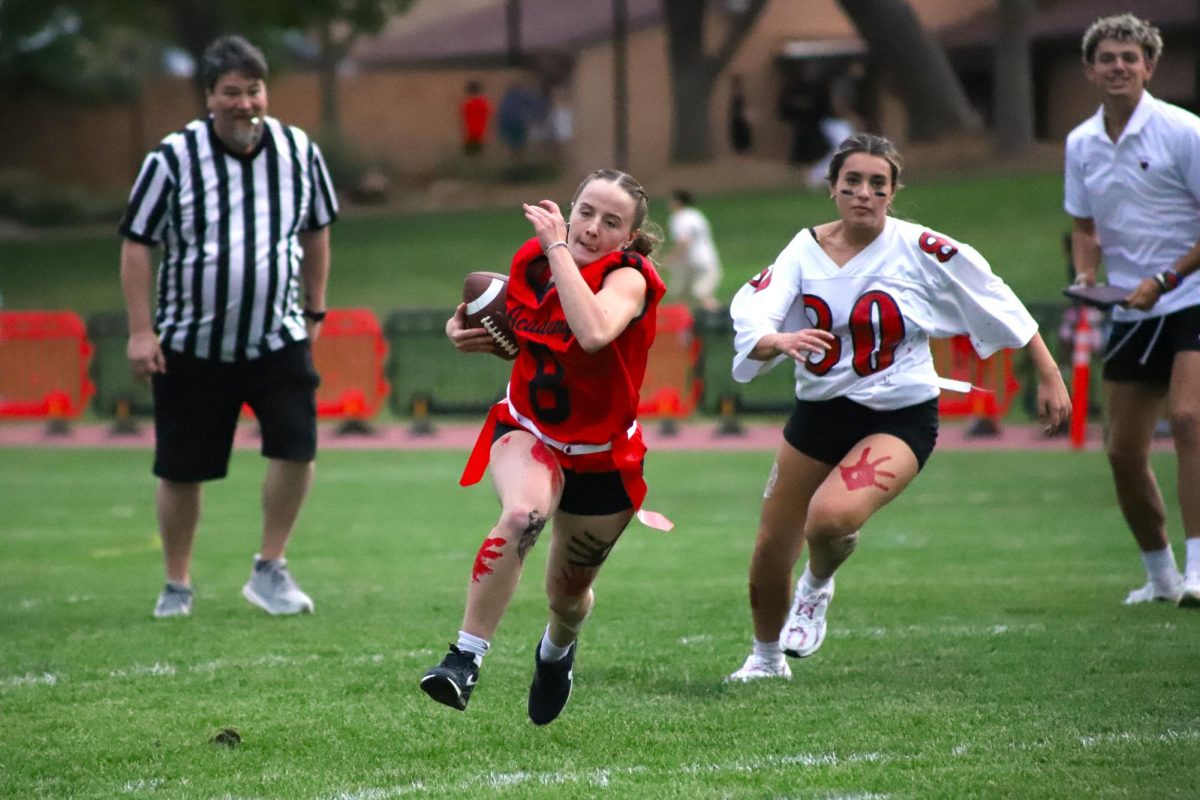
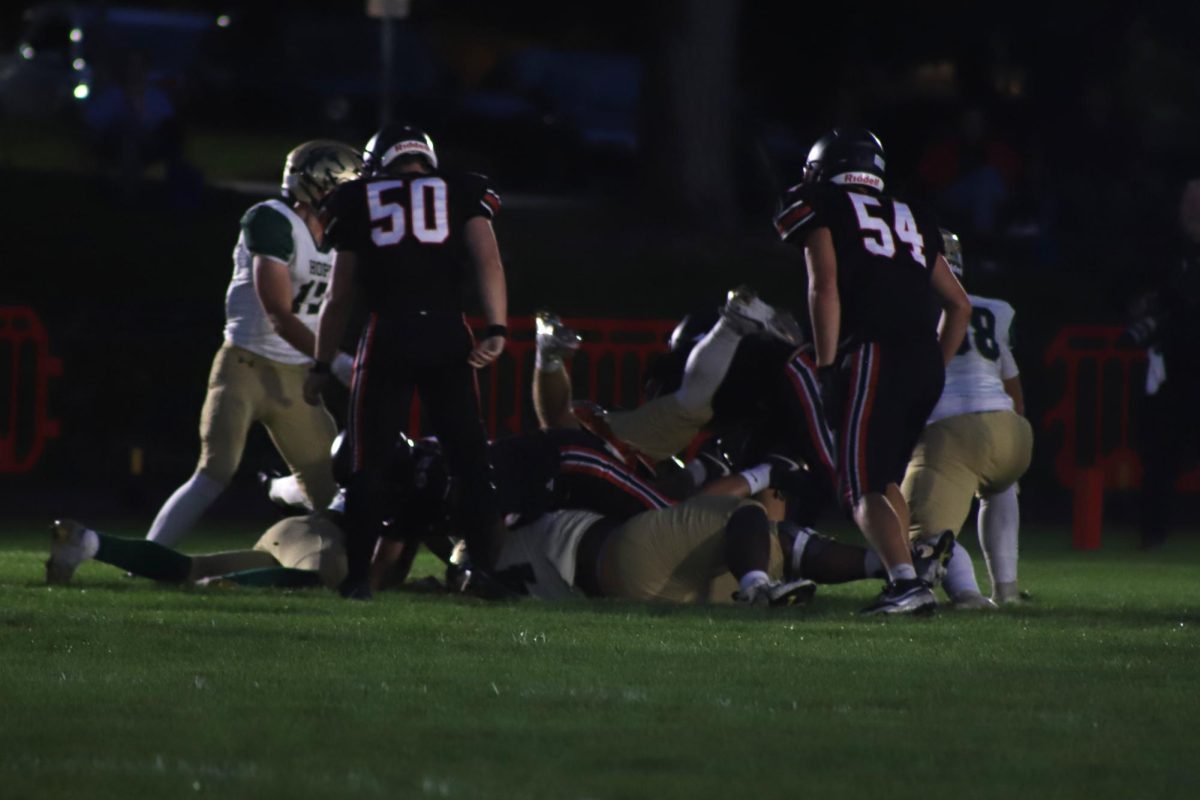
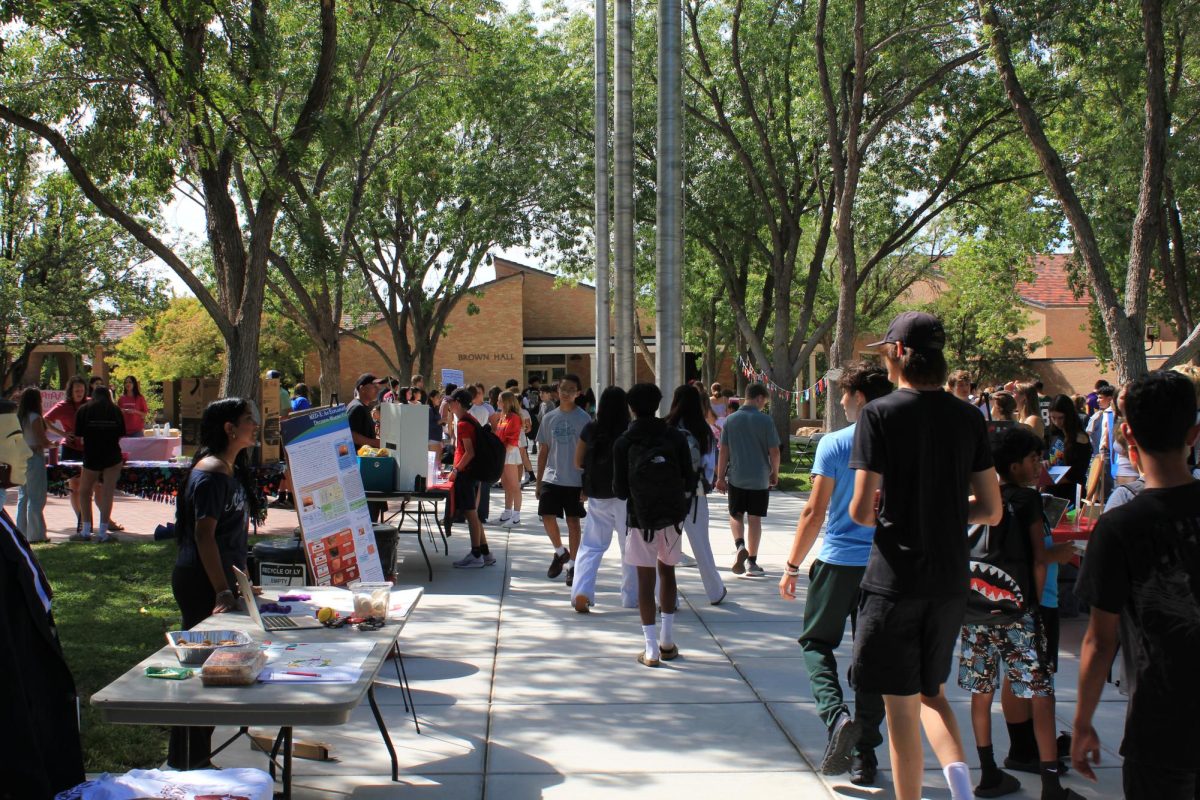
Sra. Costa • Apr 9, 2025 at 10:43 am
What an amazing and life changing trip! I am so glad everyone had a fabulous time!!